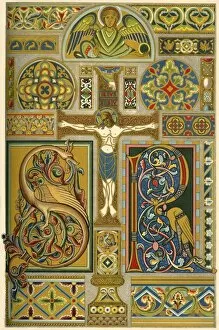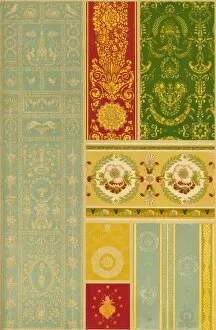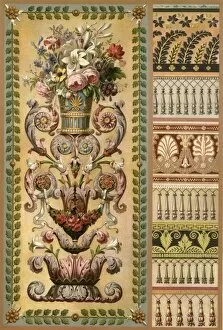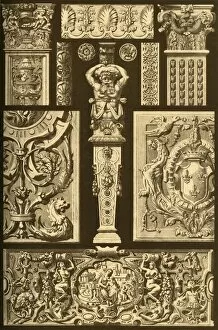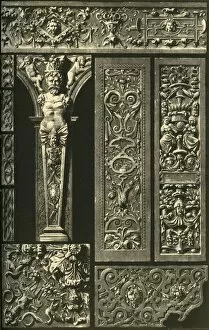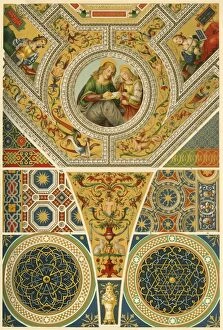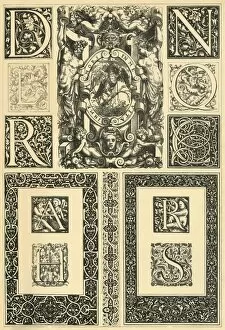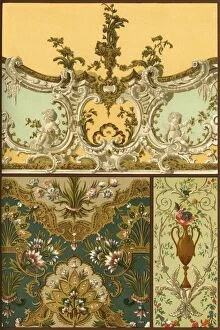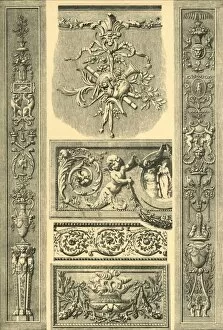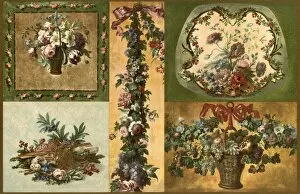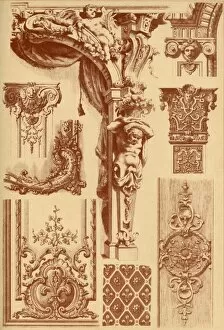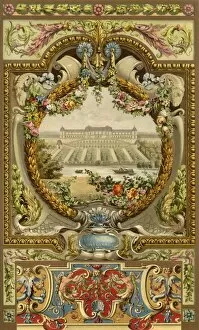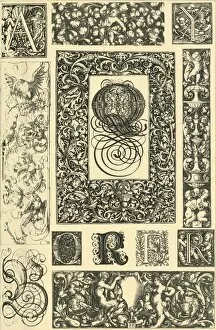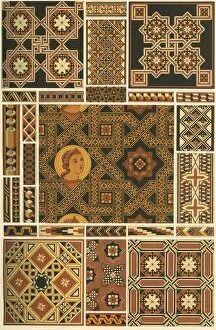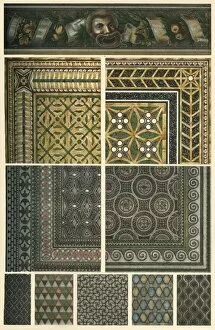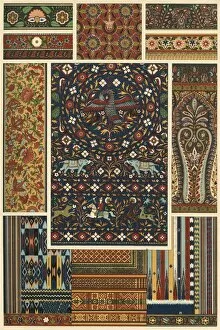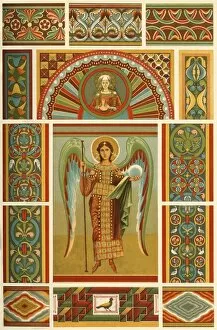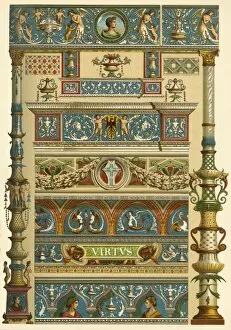Max Seeger Collection
Max Seeger was a passionate collector and connoisseur of art, with a particular fascination for the intricate craftsmanship of various historical periods
For sale as Licensed Images
Choose your image, Select your licence and Download the media
Max Seeger was a passionate collector and connoisseur of art, with a particular fascination for the intricate craftsmanship of various historical periods. His collection encompassed an array of exquisite treasures, ranging from medieval enamel and illuminated manuscripts to silk-weaving masterpieces from 18th and 19th century Germany. Each piece in his possession told a story, shedding light on the rich tapestry of human creativity throughout history. Among Max's prized possessions were Gobelins tapestries and lacework, meticulously crafted in France and Germany during the early 19th century. These delicate textiles showcased the skillful intertwining of threads to create breathtaking scenes that transported viewers into another world. Equally captivating were the French Renaissance ornaments in stone and wood, as well as their German counterparts, which adorned architectural marvels with their intricate designs. Max's admiration for Italian Renaissance ceiling paintings knew no bounds. The vibrant colors and meticulous brushstrokes brought life to these grandiose artworks that adorned palaces and cathedrals alike. In addition to paintings, Max also cherished French Renaissance typographic ornaments - elegant embellishments that added flair to printed materials during this period. His collection extended beyond two-dimensional works; it included painting leather tapestries, stucco ornaments from France and Germany dating back to the 17th-18th centuries, as well as painted plaster ornamentation from 18th-century France. These tactile pieces demonstrated Max's appreciation for diverse artistic mediums. No discussion about Max Seeger's collection would be complete without mentioning his passion for Gobelins weaving from 18th-century France or plaster ornaments originating from both France and Germany during the same era. These objects exemplified exceptional craftsmanship while showcasing different cultural influences prevalent at that time. One cannot help but wonder about the unknown creators behind these magnificent works adorning Max Seeger's collection - artists whose names have been lost through time but whose legacies endure through their masterpieces.

